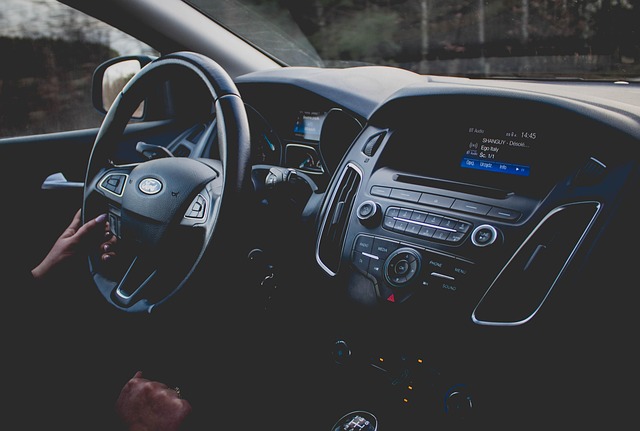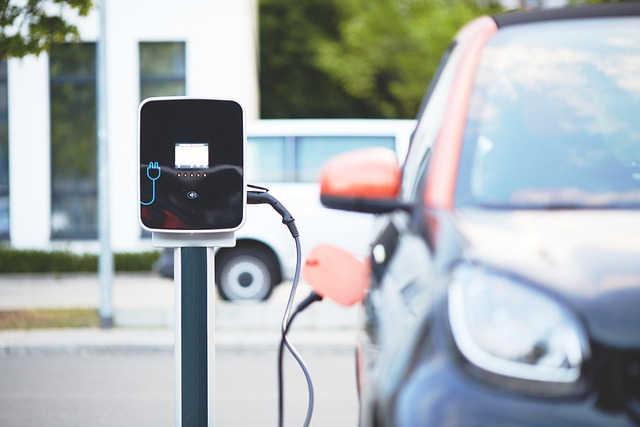Registering Your Car in California: VIN Verification Guide
Looking to register your car in California? This guide walks you through the process, ensuring a smooth experience. First, understand the state’s requirements for car registration, focusing on residen…….

Looking to register your car in California? This guide walks you through the process, ensuring a smooth experience. First, understand the state’s requirements for car registration, focusing on residency and vehicle condition. Next, gather essential documents for VIN (Vehicle Identification Number) verification, a crucial step in the process. Learn how to perform a VIN check, submit your application, and pay fees. Finally, receive your registration certificate and license plate, legalizing your vehicle for California roads.
- Understand the Requirements for Car Registration in California
- Gather Necessary Documents for VIN Verification
- Perform a Vehicle Identification Number (VIN) Check
- Submit Your Application and Pay Fees
- Receive Your Registration Certificate and License Plate
Understand the Requirements for Car Registration in California

Before you begin the registration process, it’s crucial to understand the requirements for car registration in California. The state mandates several key steps to ensure the legitimacy and safety of vehicles on its roads. One of the primary checks involves a Vehicle Identification Number (VIN) verification, which is a critical component of the registration procedure. This process ensures that your vehicle matches the details on record and helps prevent fraud or unauthorized use.
A mobile VIN verifier or a vin inspection can facilitate this step by providing accurate and immediate validation of your car’s information. By ensuring the VIN is correct and matching the vehicle’s condition, you’ll streamline the registration experience, avoiding potential delays or complications. This attention to detail is essential in California, where strict regulations are in place to maintain a safe and secure transportation network.
Gather Necessary Documents for VIN Verification

Before you begin the registration process, make sure to gather all the essential documents required for VIN (Vehicle Identification Number) verification. This crucial step ensures that your vehicle meets the necessary standards and is safe for California’s roads. You’ll need the following:
1. A valid driver’s license or state-issued ID card.
2. The certificate of title, which can usually be obtained from the previous owner if you’re buying a used car.
3. Proof of insurance, demonstrating that your vehicle is covered under an active policy.
4. For a mobile vin verification, ensure you have access to a smartphone with internet connectivity and a reliable mobile vin verifier app installed. These apps streamline the process by providing on-the-go vin inspection services, making it convenient for busy individuals or those outside traditional business hours.
Perform a Vehicle Identification Number (VIN) Check

Before registering your car in California, performing a Vehicle Identification Number (VIN) check is a crucial step. This process involves verifying the VIN data to ensure the vehicle’s history aligns with what the seller claims. A simple online search or using specialized tools from a mobile vin inspection service can help cross-reference information like ownership history, accident records, and outstanding recalls.
California offers various options for VIN verification, including mobile vin inspectors who can perform an on-site check. These professionals utilize advanced technology to retrieve vehicle data and provide immediate results, making the registration process more efficient. By ensuring accurate VIN information, you not only comply with state regulations but also gain peace of mind about your car’s history.
Submit Your Application and Pay Fees

After completing your vehicle’s registration form, it’s time to submit your application and fees. This step is crucial for official recognition by California’s Department of Motor Vehicles (DMV). You’ll need to pay the required fees, which may vary depending on your vehicle type and other factors. A key part of this process involves performing a Vehicle Identification Number (VIN) verification, ensuring that your car’s details align with its unique identification number.
For convenience, many individuals opt for a mobile VIN inspection or verification service. This allows you to have the necessary checks done at your location, saving time and effort. By utilizing these services, you streamline the process, making it easier to register your vehicle in California and hit the road legally and confidently.
Receive Your Registration Certificate and License Plate

After successfully passing the smog test, you’ll receive your Registration Certificate, also known as the Vehicle Registration, from the DMV. This document is crucial for legal ownership and operation of your car in California. Alongside this certificate, you’ll get your license plate, which needs to be displayed on your vehicle at all times while driven on public roads.
For added convenience and accuracy, many Californians opt for mobile VIN verification or inspection services. These services allow you to confirm your vehicle’s history and ensure it meets state requirements from the comfort of your home or office. This is particularly beneficial if you’re uncertain about the car’s past or if it’s a used purchase.
Registering a car in California involves understanding key requirements, gathering essential documents for VIN verification, conducting a vehicle identification number (VIN) check, submitting an application with the appropriate fees, and finally receiving your registration certificate and license plate. This process ensures that all vehicles on California roads meet safety and regulatory standards. Remember to keep your documentation up-to-date for smooth future registrations.







